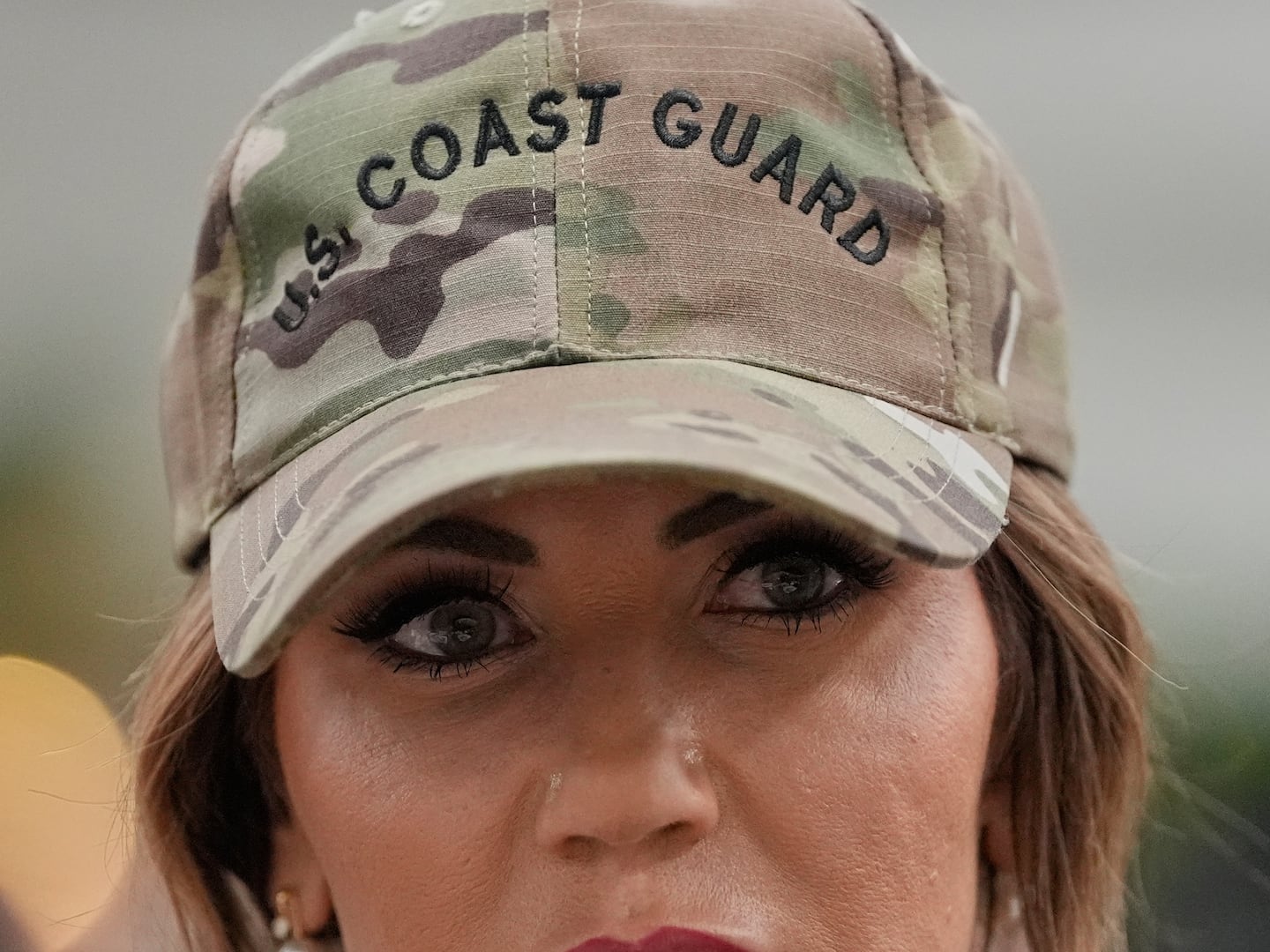The three-day terror attack in Mumbai, India, that began on November 26, 2008, killed 174 people and injured six hundred more. The complex, coordinated operation conducted by ten operatives of Lashkar-e-Taiba, a Pakistan-based terrorist organization, struck a train station, luxury hotels, a café frequented by foreigners, and a Jewish community center. Due to the confusion and misinformation, it took twenty-eight hours for Indian security forces to trade fire with the terrorists, and thirty more before the terrorists were captured or killed. Just hours after the shooting stopped, senior New York Police Department (NYPD) officers were collecting information from the crime scenes. Within days, the NYPD Intelligence Division compiled a forty-nine page “Mumbai Attack Analysis,” consisting of a detailed timeline, the weapons and tactics used, and the terrorists.
Then-Commissioner Ray Kelly instantly recognized that this brazen commando-style assault was a terrorist threat to the City that the NYPD was inadequately prepared for. The telltale sign that the Mumbai attackers were exceptionally proficient and patient was the absence of bullet holes in the ceiling. An excited or untrained gunman shooting an automatic weapon fires too high and too often. Kelly recalled that his investigators instead found tight three-bullet clusters consistently fired at head-level, which meant that the terrorists had been well trained to demonstrate such fire discipline. The day after the attacks started, Kelly decided that a tabletop exercise—modeled upon the Intelligence Division’s analysis—would be prepared to test the responses and decision-making of the NYPD’s senior commanders.
Fortunately, there was—and remains today—a small group within the NYPD Counterterrorism Bureau responsible for developing and conducting such exercises at the commissioner’s direction in advance of prominent events (the Thanksgiving Day parade), in response to complex threats (missing highly radioactive material), or for new potential perpetrators (lone wolf attackers). The first under Commissioner William Bratton considered active shooters, backpack bombs, and a radiological event during Super Bowl XLVIII held at the Meadowlands in February 2014. The most recent, conducted in early September, simulated how commanders would respond to a potential hurricane hitting New York City, which would have eliminated the use of maritime or aerial assets, during Pope Francis’ visit. Mayor Bill de Blasio has attended and actively participated in these exercises. Michael Bloomberg, by contrast, chose not to attend any during his time in office.
NYPD tabletop exercises are quintessential examples of red team simulations—preventive contingency plans based on a hypothetical set of facts. Prior to scheduled events or anticipated scenarios, institutions develop, test, and refine their strategies by modeling how they could play out in some foreseen situation.
The exercises are written as scenarios by “Bob,” a thirty-three-year veteran of the department, under the oversight of the chief of the Counterterrorism Bureau, James Waters. A few days before an exercise is held, the scenario is provided to the commissioner for final approval. To ensure that the simulation is authentic and that the participants cannot prepare themselves beforehand, only three or four officials know in advance what the topic or scenario will look like. Moreover, Bob and the Bureau chief gather information about each participant’s areas of responsibility and force levels when the hypothetical scenario would occur to determine if participants “cheat” by claiming to have resources available that they would not have during an unplanned crisis. Participants include NYPD senior officials and commanders (approximately ten three-star chiefs and a handful of two-stars), relevant officials from outside of the department (fire, emergency response, and transportation), and the private sector (for example, Goldman Sachs officials, the New York Road Runners [NYRR], and representatives from the Archdiocese of New York). Each participant is simply told that a tabletop will be held days later in the late afternoon. The participants try to inquire about what the simulation will entail, but they never actually know what to expect in advance.

The tabletop exercises are usually held in the Executive Command Center on the fourteenth floor of One Police Plaza. Though each lasts two hours, Kelly personally attended them all during his time in office: “I thought it was important to demonstrate that they mattered to my people.” Since he and his commanders lived “a total-immersion, 24/7 profession,” Kelly found them invaluable as “the only time that we really stretched our imaginations.” The participants sit at assigned seats around a main table based upon a seating chart prepared by Chief Waters, strategically placing those who will be most involved in the simulation closest to the commissioner. Because the scenario surprises the NYPD commanders and government officials, and to avoid being unprepared in front of their colleagues, they review their respective contingency response plans in advance and bring the requisite briefing books into the conference room with their personnel data for uniformed and plainclothes officers, as well as how many patrol cars or tow trucks they would realistically have available. As Chief Waters described the setting: “There is a palpable tension…a helmets-on, mouth-guards-in sort of atmosphere.”
The simulations are highlighted by unexpected challenges—called “injects”—of varying complexity or lethality that are introduced, often with incomplete or limited information, by a narrator. The injects are presented in clusters of two to four, allowing challenges either to be partially resolved or to escalate. For example, during the 2014 Marathon exercise, an unattended backpack was spotted at the Staten Island Ferry terminal, then an unidentified drone was spotted loitering above the elite runners at the Verrazano Narrows Bridge starting line. Later, an SUV hit runners in Queens at 51st Avenue, and even later, at First Avenue and E. 74th Street, runners started appearing dizzy, suggesting water might be tainted.
Participants are pressed to instantly propose a realistic response. Subsequently, everybody collectively considers contingencies they would otherwise not have been prepared for, and learn what others would do in a real-life setting. For example, NYPD officials learned how difficult it would be to taint the water and about the NYRR back-up hydration plans in place, as well as contingency plans to stop the race at any point, divert the course, and even set up an alternative finish line west of Central Park.
NYPD officials describe this tension as resembling the Kobayashi Maru test given to Starfleet Academy cadets in Star Trek, which are purposefully designed so to never truly be “solved.” Rather, they are intended to force commanders and government officials to make difficult and time-constrained choices about how to respond and allocate their resources given what they have heard, while never knowing what the next inject might entail. A well-crafted scenario should engage with just about everybody in the room at least once, clarifying who exactly would be “in the huddle” when making an important decision and who has the final authority. Nobody is punished for giving wrong answers, though the participants feel immense competitive peer pressure to find the “right” solution when everyone’s eyes are on them. Most commanders and officials give quick and confident responses, though others interrupt to critique or raise a challenge that they believe is being overlooked. Chief Waters proclaimed: “Our motto is to never let the people believe that they have solved the problem. We want them to leave frustrated, unnerved, and questioning themselves.”
This was the tabletop process used immediately following the 2008 attacks in Mumbai. On Friday, December 4, just one week after the attacks ended, more than five hundred NYPD officials and officers gathered at 10:00 a.m. for a two-hour briefing led by the three senior investigators still in Mumbai. Three hours later, forty commanders, deputy commissioners, intelligence officials, and backbench staffers gathered in the Executive Command Center to simulate a comparable event unfolding across Manhattan. One immediately apparent similarity between the two metropolises was the geography and transportation modes. Mitchell Silber, former head of the Intelligence Division’s analytical unit, recalled: “Mumbai looked like a mirror-image of the island of Manhattan.” In the exercise, the terrorists came to shore around the South Street Seaport, dispersed throughout the city in multiple teams on foot and by taxi, and then took hostages in Macy’s Herald Square department store, while simultaneously detonating bombs and shooting civilians inside the expansive Grand Central Station lobby.
While the moderator read these incidents aloud as “reported” by patrol officers or the media, members of the NYPD’s SWAT team, known as the Emergency Service Unit (ESU), engaged in a field exercise, which consisted of a stand-off with the hostage-takers in a mock Macy’s constructed at the Rodman’s Neck training facility in the Bronx. The commanders in the Executive Command Center watched the simulated stand-off on video screens, while senior patrol officers were questioned as to how many police officers were available at that moment in case of a real event. What became clear to everyone was that the terrorists were not interested in negotiating away the hostages, but rather were using them to buy time for other terror teams to kill people in luxury hotels blocks away. Moreover, given the multiple, highly disciplined commando-style teams operating throughout Manhattan, it was also readily apparent that the available ESU teams were both outgunned and outmanned. The narrator’s inject of simultaneous, multisite attacks forced the Special Operations Division chief to allocate his heavy-weapons-proficient forces, and then to acknowledge that he had nobody left.
Glancing at a sheet of paper with the Division’s available personnel, Kelly declared bluntly, “Unless I am reading this wrong, you ran out of people twenty minutes ago.”
The tabletop exercise’s findings led Kelly to authorize two significant changes. First, just as the police in Mumbai were outgunned, the tabletop exercise showed that the NYPD would be as well. While four hundred ESU members were equipped to fire heavy weapons, they were insufficient for multisite, multiple-day attacks. Subsequently, 250 narcotics officers from the Organized Crime Control Bureau were trained over the following weeks to fire M4 and Mini-14 automatic rifles, and to guard a stairwell or elevator bank when called upon. Depots to store heavy weapons were also created within NYPD facilities throughout the City.
Second, most ESU members were unaware of the layouts of luxury hotels or airport terminals that were likely targets of terrorist attacks. Subsequently, they visited major midtown hotels, and blueprints and video libraries were compiled for each, so that ESU responders would know the layouts of the lobbies and locations of the computer servers and power rooms. It was only the vivid impact of the Mumbai tabletop exercise that drove home the immediate need among senior commanders for these changes within the department.
The Mumbai tabletop exercise was considered such a potential catastrophic scenario that additional exercises were modeled on it in subsequent years. One ended with a bomb going off in a Bellevue Hospital emergency room while Kelly and former Chief of Department Joseph Esposito were visiting “wounded” officers. “Sirs, you’re not dead, you’re just among the missing,” the narrator told the two.
In this case, and in the following years, such red team simulations have made a demonstrable impact on how the NYPD and related New York City agencies prepare for a wide range of potential catastrophes, so that when the unexpected inevitably occurs, they are far better trained and equipped to respond in real time.
Adapted excerpt from Red Team: How to Succeed By Thinking Like the Enemy by Micah Zenko. Available from Basic Books, a member of The Perseus Books Group. Copyright © 2015.






